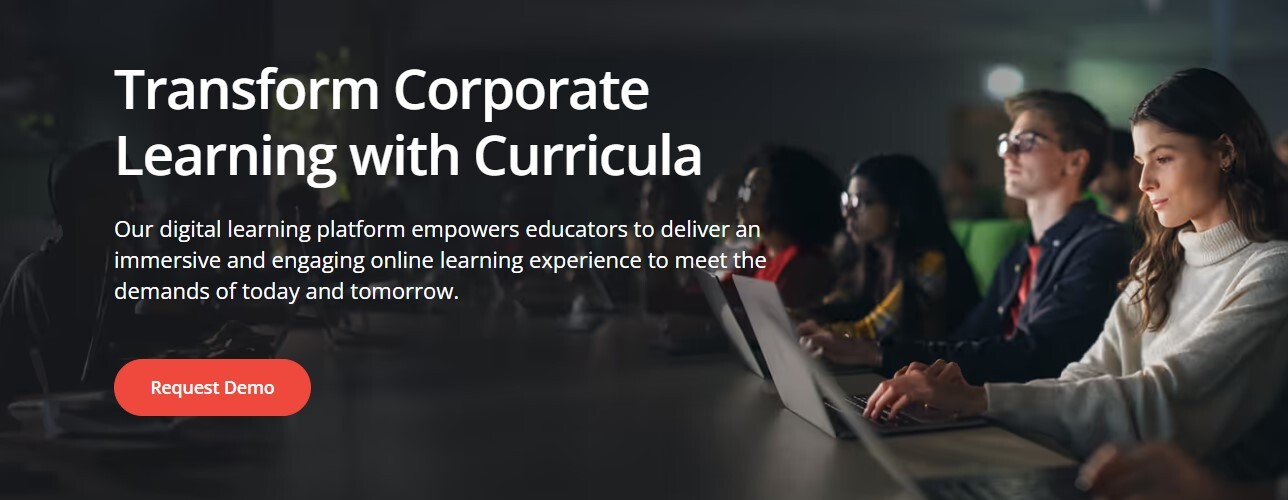Digital disruption is happening so fast, people are becoming anxious that AI will result in workforce cuts. Despite concerns that AI will replace jobs in the short to medium term, Gartner’s Future of Work Trends in 2024 foresees that AI creates, not diminishes, workforce opportunity.
Some jobs and roles are becoming obsolete, while new skills gaps emerge almost daily. One in 16 workers globally may also need to switch careers by 2030 as automation and AI disrupt many of the jobs and tasks carried out today.
To keep up, many employers are now focusing on “quiet hiring” from within. Businesses identify existing employees with the potential to take on new roles and provide them with the necessary training and development opportunities to meet the skill requirements effectively.
This approach fills critical gaps faster and more cost-effectively than external recruitment while also building loyalty and retention among employees. What are the best practices to drive digital skills and workforce agility?
The Strategic Imperative of Digital Upskilling
Businesses are increasingly investing in digital platforms and technologies to increase productivity, only to see a growing skills gap. About 60% of organisations plan to allocate at least a quarter of their technology budget to AI in the next five years. However, less than half of organisations (46%) offer AI-specific training, hindering their employees from safely using and optimising this technology.
This is not only a waste of resources but also misses out on the benefits of workplace transformation. The success of these investments relies heavily on the workforce’s existing digital skills, which is why training is a critical contributor to digital transformation. Training pivots your talent pool towards more relevant skill sets for emerging business needs.
Learning and development (L&D) now has to be more intentional. The traditional approach of “outsource training” or sending employees to courses without tracking at an individual level how that elevates their skills in alignment with the organisation’s growth strategy is no longer enough.
Embracing Skills-Driven Workforce Transformation
To support evolving workforce needs, L&D trends emphasise the need for personalised and competency-based training. Organisations can now tap on SaaS L&D platforms, such as MaivenPoint Curricula, to profile and track employee skills and competencies in a personalised way.
These new platforms are designed to provide a more granular way for L&D leaders to gain continuous insights into individual, departmental, or organisational skills needs. This provides more flexibility to target training investments to teams or talents that are critical to the company, compared to a traditional general approach to employee L&D.
Understanding the activities and departmental engagement across platforms is crucial to ensuring your employees fully harness your digital workplace technology investments. By monitoring usage trends, tracking sentiment, and identifying influencers, leaders can gain insights to refine their upskill strategy.
Best Practices to Drive Digital Skills and Workforce Agility
Here are some best practices on how to elevate the skills and competencies of your workforce and to drive employee growth and success:
1. Profile Employee Skills and Competencies
Identify the critical skills each department requires to support the organisation’s growth needs. This can often surface significant skills gaps due to market technological changes. Department owners and L&D leaders can then proactively address the gaps through employee training, which is a more cost-effective and sustainable approach than hiring.
Skills and Competency Mapping for L&D Admins – Curricula for Corporate Learning
2. Tailor Training to Different Personas
Break down roles into specific competencies to empower your workforce with personalised learning paths to upskill and reskill effectively. Don’t just curate new learning content and provide self-service development options, which can be overwhelming and unfocused. Instead, blend live training with on-demand self-learning modules and develop learning experiences for the skills they need to succeed.
Employee Skills Planning for Department Heads – Curricula for Corporate Learning
3. Prepare Bite-Sized Learning Content
Time is short, attention spans are shorter, and every second counts. A bite-sized training module delivers small, manageable, and highly focused content on a specific topic for employees to understand the learning objective quickly.
For example, Curricula offers a feature-rich and flexible training platform that comes with pre-loaded content, such as Microsoft 365, Go1, etc., and allows you to add your own custom content. It can be consumed directly in Teams, keeping your employees constantly learning individually or collaboratively in a familiar workspace.
4. Train the Trainer
Successful L&D programs are often a result of good change management. Identify super users or champions to drive adoption and train them as potential instructors or subject matter experts to nudge employee communities in platform adoption and drive learning success.
Combined Knowledge, which was acquired by MaivenPoint and is now AvePoint’s training arm, has helped millions of users, trainers, and business owners accelerate the adoption of their Microsoft 365 investments, enabling companies to boost their business productivity. Its Courseware Direct offers learning and support tools, custom solutions, and premium training developed and delivered by Microsoft MVPs and industry experts.
5. Promote a Continuous Learning Culture
HR leaders' decisions on reskilling and upskilling the workforce will define the future of work in organisations. Imagine the potential of using AI to guide employees’ progression as they upskill and how L&D admins can have progress reports to help make sense of the investments in people development.
Skills-Based Upskilling for Employees – Curricula for Corporate Learning
Promoting a continuous learning culture is essential in today’s rapidly evolving workplace. L&D platforms like Curricula can personalise on-demand courses to nurture emerging digital and AI skillsets, such as using Microsoft 365 Copilot, and offer centralised training content and information, making it easier for employees to access courses and learn new skills.
For organisations looking to transform their workforce development, look out for platforms that can support your shift toward the future of work. Invest in software that helps you measure upskilling effectively, even at a competency level. This allows your L&D managers to quantify the outcomes of their initiatives, providing a clearer picture of their impact on the organisation.
Explore Your Own Strategic Training and Development Journey
Technology will continue advancing, but your people’s skills and resilience will be the true drivers of innovation and growth. Investing in your workforce will lead to your organisation’s future success.
Build a culture of continuous learning that focuses on reskilling and upskilling, emphasising robust human skills and leveraging innovative learning platforms. Curricula Learning Management System enables competency-based training tailored to each employee’s development needs.
From individuals starting their careers to those making a mid-career switch to technical skills, Curricula makes training accessible to all. Create a workforce that is prepared for the future and capable of thriving in it.


